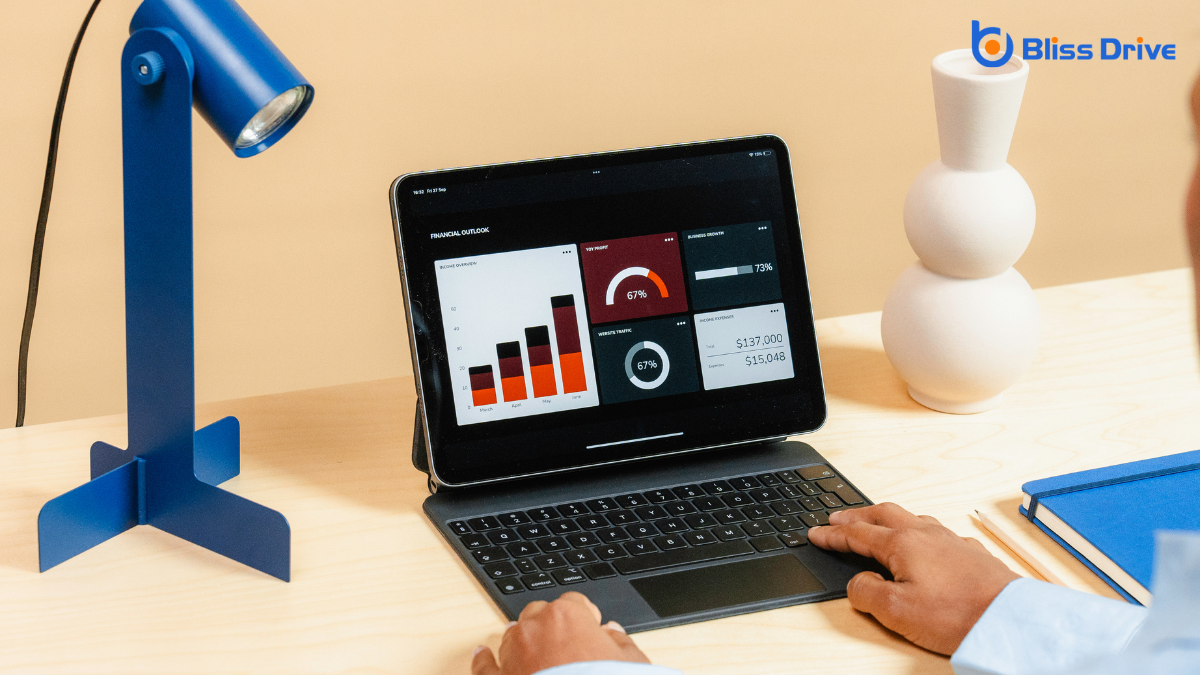Learn More About Us

To incorporate UX improvements into SEO audits, focus on analyzing user behavior metrics like bounce rateThe percentage of visitors who leave a website after viewing only one page. and session duration. Simplify navigation with clear menu structures and enhance page load speed with image optimization. Make sure your site is mobile responsive and accessible, using descriptive alt textDescriptions added to images to help search engines understand the content of images. and ARIA landmarks. By aligning UX with SEO, you’ll improve user satisfaction and search performance. Explore these strategies further to maximize your site’s potential.
While the worlds of user experience (UX)The overall experience a user has when interacting with a website or application, including usabilit... and search engine optimization (SEO) might seem distinct, they're deeply intertwined. You can’t improve one without impacting the other.
When users visit your site, they want easy navigation, fast loading times, and engaging content. These elements not only enhance UX but also boost your SEO ranking.
Search engines prioritize sites that offerThe specific product or service being promoted by affiliates. a positive user experience because they aim to deliver the best results to searchers. If your site is user-friendly, visitors are likely to spend more time exploring, which signals to search engines that your content is valuable.
This symbiotic relationship means that by focusing on UX improvements, you naturally enhance your SEO efforts, driving more traffic and engagementThe interactions that users have with a brand’s content on social media. to your site.

When you're analyzing user behavior metrics, focus on bounce rate, session duration, and navigation path patterns.
These metrics reveal how users interact with your site and help identify areas for improvement.
Understanding bounce rate is essential for analyzing user behavior metrics during an SEO auditA thorough analysis of a website’s SEO performance and areas for improvement.. It indicates the percentage of visitors who leave your site after viewing just one page, highlighting potential issues with user engagement.
To effectively analyze bounce rate, consider the following:
Analyzing user behavior metrics provides valuable insights into how visitors interact with your site and where improvements can be made. One key metric to focus on is session duration. It tells you how long users stay on your site, indicating their engagement and interest.
If you notice short session durations, it might suggest that your content isn’t meeting user expectations or needs refinement. On the flip side, longer session durations often signal that users find your content valuable and engaging.
To improve session duration, guarantee your content is relevant, informative, and well-structured. Quick loading times and appealing visuals also contribute to user satisfaction.
Maneuvering through a website can tell you a lot about a user's journey and intentions. By analyzing navigation path patterns, you gain insights into how users interact with your site. These patterns help you identify roadblocks and optimize the user experience.
Here’s how you can use this data:
Understanding these patterns enhances both UX and SEO.
When evaluating your website's navigation and structure, start by simplifying menu options to create a more intuitive user experience.
Clear, concise menus help visitors find what they're looking for faster, enhancing both UX and SEO.
Don’t overlook enhancing internal linking, as it guides users through your site and boosts search engine visibility.
A well-organized menu can greatly enhance user experience by streamlining website navigation and structure.
When visitors arrive, they should find it easy to locate what they’re looking for. Simplifying menu options can be your key strategy.
Here's how:
Although often overlooked, enhancing internal linking is crucial for optimizing website navigation and structure. When you strategically link pages within your site, you guide visitors and search engines through your content seamlessly.
Start by reviewing your site’s current internal links. Identify any broken links and fix them immediately. Use descriptive anchor textThe clickable text in a hyperlink, important for SEO as it provides context for the linked page. to make navigation intuitive, helping users understand where each link leads without guessing.
Consider the hierarchy of your content. Ascertain important pages have more links pointing to them, signaling their significance to both users and search engines.
Don't forget to maintain a balance; too many links on a page can overwhelm users. Regularly update your internal links to reflect new content and maintain relevance, enhancing both user experience and SEO performance.
To boost user experience and improve search engine rankingsThe position at which a website appears in the SERP., you should focus on enhancing page load speed. Fast-loading pages retain users and reduce bounce rates, directly impacting your SEO performance.
Here’s how you can optimize your site:

When you're improving mobile responsiveness, focus on optimizing loading speed to keep users engaged.
Make sure touch navigation is intuitive and adapts smoothly to different screen sizes.
Boosting your website's loading speed is essential for enhancing mobile responsiveness, which directly impacts user experience and SEO rankings. Users expect fast-loading sites on their devices, and a sluggish experience can leadA potential customer referred by an affiliate who has shown interest in the product or service but h... to high bounce rates.
To optimize loading speed, consider these steps:
These tactics will create a smoother, faster mobile experience.
How often do you consider the ease with which users navigate your site on their mobile devices? Touch navigation is essential for providing a seamless mobile experience.
Start by making sure buttons and links are large enough to tap easily without zooming in. Avoid placing clickable elements too close together to prevent accidental clicks. Use intuitive gestures, like swiping and pinching, to mimic familiar mobile interactions.
Test the site on various devices to guarantee consistent performance. Remember, touch navigation isn't just about functionality; it's about creating a frictionless journey for your users.
When you enhance touch navigation, you’re not only improving user experience but also boosting your site's SEO. Google values mobile-friendly sites, and so do your visitors.
Make navigation easy and intuitive.
Touch navigation sets the stage for a seamless mobile experience, but it's just as important to guarantee your site adapts well to various screen sizes.
A responsive designA web design approach that makes web pages render well on a variety of devices and window or screen ... confirms accessibility and keeps users engaged. Here’s how you can achieve it:
When enhancing your website's SEO, it's crucial to focus on optimizing content for readability, ensuring visitors can easily digest your message.
Start by using clear, concise language—avoid jargon that might confuse. Break up text with headings and subheadings, guiding readers through your content smoothly.
Short paragraphs and bullet points can make dense information more manageable. Use a readable font size and style, ensuring it’s legible on all devices.
Active voice keeps your writing engaging and direct, making it easier for readers to follow along.
Finally, incorporate white space around text and images; it reduces visual clutter and helps focus attention.
Guaranteeing your website is accessible to all users is an essential part of any thorough SEO strategy.
You need to address accessibility to enhance user experience and expand your audience. Here are some key steps:

A visually appealing website is essential for keeping visitors engaged and enhancing their overall experience. When evaluating visual design and aesthetics, pay attention to your site's layout, color scheme, and typography. Consistency is key—ensure your design elements align with your brand and communicate your message effectively.
A cluttered or outdated design can drive users away, so focus on simplicity and clarity. Balance is vital; use white space strategically to guide users' eyes and improve readability. Choose colors and fonts that aren't only visually pleasing but also accessible to all users.
Your website's aesthetics should work in harmony with its functionality, ensuring seamless interaction. By refining your site's visuals, you create a welcoming environment that encourages users to stay longer and explore further.
How can you truly understand your users' needs and improve their experience? Implementing user testingObserving real users as they interact with a website to identify usability issues and areas for impr... provides valuable insights. By observing real users interacting with your website, you uncover pain points and opportunities for enhancement.
Here's how to get started:
To maintain a competitive edge and continuously enhance user experience, it’s crucial to develop a robust continuous improvement plan. Start by setting clear, measurable goals based on insights from your SEO audits and user testing.
Regularly track your progress and adjust your strategies to meet evolving user needs. Use analytics toolsSoftware used to track and analyze website performance, user behavior, and marketing efforts. to monitor user behavior and identify areas for improvement. Don’t wait for issues to arise; proactively seek feedback through surveys and usability tests.
Encourage a culture of learning within your team by sharing insights and new trends. Foster collaboration between your SEO and UX teams to guarantee cohesive strategies.
Make certain to document changes and evaluate their impact. This iterative approach helps you stay ahead, making sure your site remains user-friendly and optimized.
By integrating UX improvements into your SEO audits, you'll create a more engaging and accessible experience for users, ultimately boosting your search engine rankings. Focus on analyzing user behavior, refining site navigation, enhancing page load speed, and ensuring mobile responsiveness. Don’t overlook accessibility and visual design, as they’re essential for user satisfaction. Implement regular user testing and develop a continuous improvement plan to keep your website evolving and meeting user needs effectively. Your efforts will pay off in the long run.
